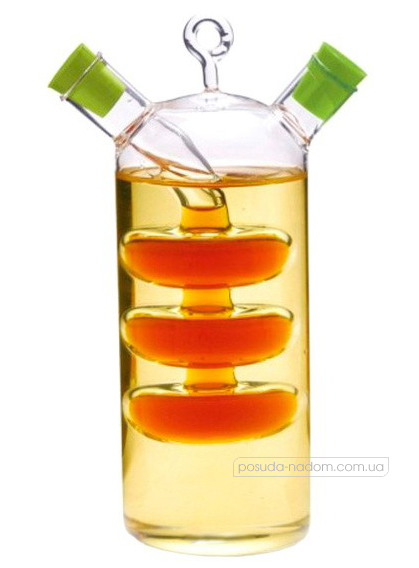Certainly! A sticky header remains at the top of the viewport as the user scrolls down the page. Here's a basic implementation of a sticky header using HTML, CSS, and [removed]
**HTML:**
```html
<html lang="en">
<head>
<meta charset="UTF-8">
<meta name="viewport" content="width=device-width, initial-scale=1.0">
<title>Sticky Header</title>
<link rel="stylesheet" href="styles.css">
</head>
<body>
<header id="stickyHeader">
Sticky Header Content Here
</header>
<!-- Your page content goes here -->
...
[removed][removed]
</body>
</html>
```
**CSS (styles.css):**
```css
body {
font-family: Arial, sans-serif;
margin: 0;
padding: 0;
}
header {
background-color: #333;
color: #fff;
padding: 20px;
text-align: center;
width: 100%;
top: 0;
position: sticky; /* This makes the header sticky */
z-index: 1000; /* This ensures the header is above all other content */
}
.content {
height: 2000px; /* Just for demonstration purposes to create a scrollable content */
padding-top: 20px;
}
```
**JavaScript (script.js):**
```javascript
// No JavaScript is actually needed if you're only using the CSS "position: sticky" method!
// However, in case you want more control and custom behavior, you can utilize JavaScript.
document.addEventListener("DOMContentLoaded", function() {
var header = document.getElementById("stickyHeader");
var sticky = header.offsetTop;
window.addEventListener("scroll", function() {
if (window.pageYOffset > sticky) {
header.classList.add("sticky");
} else {
header.classList.remove("sticky");
}
});
});
// And then in the CSS, you would define the "sticky" class:
// .sticky {
// position: fixed;
// top: 0;
// width: 100%;
// }
```
If you're just looking for a simple sticky header, the CSS `position: sticky;` property should be sufficient. The JavaScript part is more for demonstrating how you might achieve a similar effect with more granular control.
 Інтернет-магазин посуду
11 років успішної роботи для Вас!
Інтернет-магазин посуду
11 років успішної роботи для Вас!


Їх відмінності можуть бути у кольорі, розмірі, матеріалі чи комплектації